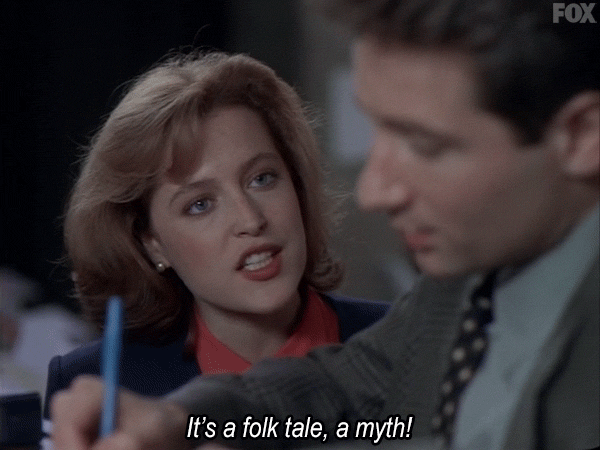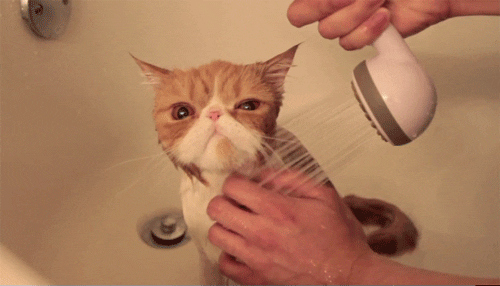A brief history of the vaginal hygiene industry

In 2019, the ubiquity of feminine hygiene products isn’t just ridiculous — it’s offensive. Every pharmacy, even many supermarkets, have endless variations of douches, wipes, cleansers, and other vaginal cleaning products, all aimed at turning your vagina into a chemically-laden capitalist hellscape. Despite the fact that the vagina is self-cleaning — that it is a closed ecosphere that will take care of itself — the myth that the vagina needs to be plucked, waxed, disinfected, and scented looms large. And that’s partially because this myth has been around for so damn long.

Unfortunately, the world of feminine hygiene products isn’t a new one. Because people who menstruate have always looked for a way to control or dispose of their period blood, there was an understandable interest in products for that time of the month. But menstrual products and attempts at contraception soon ballooned into a thriving feminine hygiene industry — one that was often dangerous to women's psyches and their bodies alike.
Sanitary Aprons, Cups, And More
Long before anyone commercialized it, people with uteruses would find different ways to deal with menstrual blood — bits of cloth, moss, anything that was absorbent and clean was sort of fair game. But around 1850 we begin to see the first products marketed to deal with period blood in the west — sanitary aprons, which later were replaced by pads, tampons, belts and more. Interestingly, even the first menstrual cup dates back to the 1930s. But the mid-19th century is also when vaginal hygiene started to become a saleable commodity, far beyond menstrual cups.
Douching And Birth Control
When it comes to vaginal hygiene, the oldest method is douching. While douching dates far back — there are reports of it coming from ancient times — it started gaining popularity in the 19th century as a form of birth control and, after, as a disinfectant. As far back as 1832, you can find douching mentioned as birth control in American physician Charles Knowlton’s book ‘Fruits of Philosophy, or, the Private Companion to Young Married People’. He recommended a “sulphate of zinc, of alum, pearls, or any salt that acts chemically on the semen”. Basically, a completely terrible idea. Despite the fact that douching is not really an effective birth control, it was solidified in people's minds as a way to prevent unwanted pregnancies.
Here’s where things get slightly confusing — and vaginal hygiene gets a dangerous boost. The rhetoric used to sell douching as a contraceptive — the sense of sterility — also speaks to the language of disinfection and cleanliness. While advertising contraception, marketers were also able to instill a self-consciousness in women, making them worry that their vagina was dirty, smelly, and even off-putting to their male partners. The advertisements gave a sense that douching can help “clean up and clean out” anything and everything you might not want in your vagina. And, because companies often want to downplay the contraceptive angle of their product, the language of vaginal cleanliness — and, inherent in that, vaginal dirtiness — grew stronger and stronger.

Lysol And More
While marketing created a growing appetite for feminine hygiene products, there was little regard for whether or not the ingredients used were safe for female bodies. The vagina is self-cleaning and many of the soaps and douches we see today can throw off the pH levels and lead to infection — but in the mid-20th century, the side effects were far more dangerous. “The most popular douche brand in the US was Lysol, an antiseptic disinfectant advertised both as a household germicide for use in toilet bowls and a feminine hygiene product,” the Guardian reports. “Until 1953 it also contained cresol, a toxic methylphenol that can cause inflammation to the skin and burning. Use of the product killed five people and resulted in 193 cases of poisoning before 1911. Yet, it was still marketed as safe, employing aggressive ad campaigns that implied that, without it, women were doomed to a life of loneliness with a distant husband.” Companies were able to scare women into thinking that pain, burning, and even poisoning and death were worth it for a “clean” vagina and a happy husband, with no regard for women’s safety — or even for the efficacy of the product. First, it was douches, but wipes, sprays, and soaps soon followed suit. The mid 20th century was marked with women trying anything to keep their husbands happy — which fed right into the vaginal hygiene industry.
Empowerment as a 21st Marketing Tool
In 2019, it’s easy to think that we’ve come a long way. But the vaginal hygiene industry is still booming — not just it's use of words like “fresh” and “happy” instead “hygienic” and “clean”. The message, however, remains the same — your vag is dirty, smelly, and no one will want you unless you buff it up and scent it to within an inch of its life. Perhaps in an even more sinister move, some brands use the language of female empowerment and a false “wokeness” to sell these reductive, outdated, and dangerous products. Words like “natural”, “sensitive”, “balance” and even promises to maintain your vagina’s natural pH level are used to disguise the fact that they’re still trading in on your insecurity about your body — that they're still implying that your vagina should smell like something other than vagina. Walk down any pharmacy and you’ll these wolves in sheep’s clothing — promising to help you be a better version of yourself and ignoring the fact that you are, of course, fine as you are.

The vaginal hygiene industry has a sordid history. When attempts at contraception turned into a marketable commodity, the market opened up to create — and then profit from — women's insecurity about their bodies. Though no man I’ve ever met seems to be concerned about a woman diving head first into his sweaty ballsack, women are still dealing with the insecurities that have been instilled in us — not because those insecurities are warranted, but because they are profitable. Don’t let any millennial branding or attempts at woke-ness fool you — your vagina should smell and taste like vagina. And it’s amazing, just as it is.



